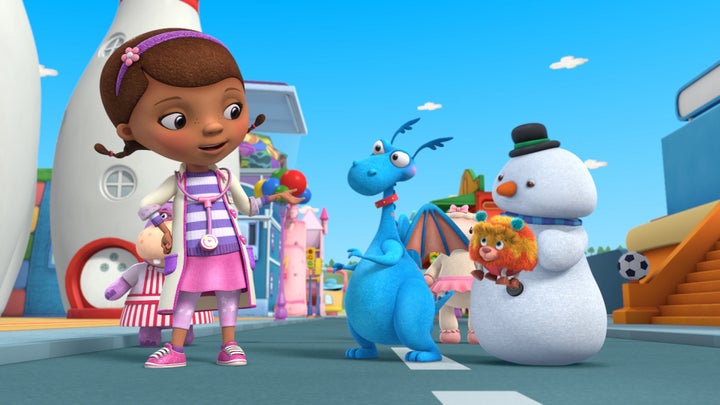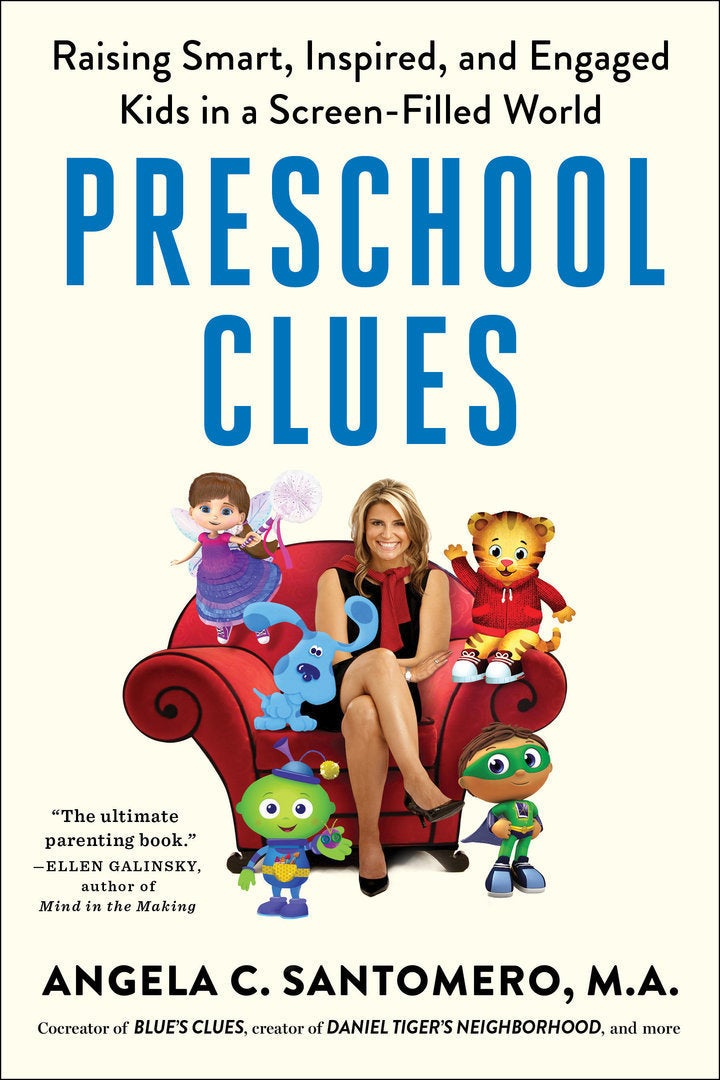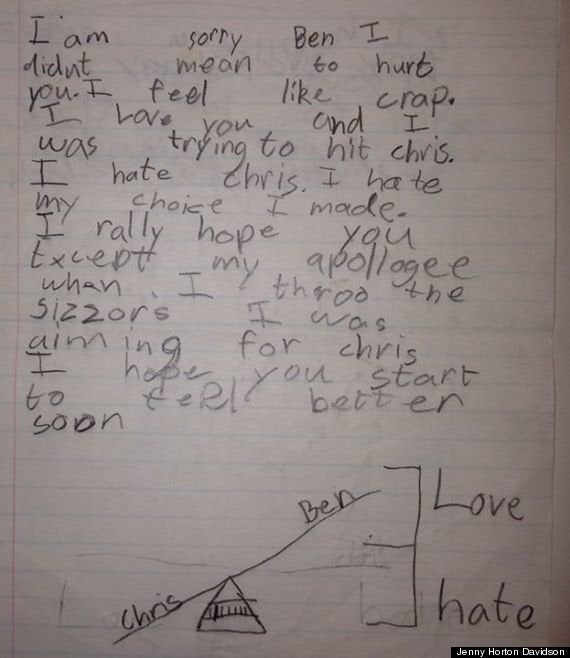
Right now, kids “are winning in this golden age of television,” according to Jill Murphy, vice president and editor-in-chief of Common Sense Media, which rates children’s shows, movies and other media based on standards like educational value and positive messages.
But what is it about the shows in this “golden age” that makes them actually “good” for kids?
As Murphy put it, “good” is a “qualifier and is really up to the audience,” but there are certain traits to look for in a show that will put parents at ease when it comes to their kids’ media consumption, especially in a time where screen time limits for kids are up for debate. HuffPost spoke to Murphy as well as two creators behind your kids’ favorite shows to learn how parents and caretakers can evaluate a show for their children.
Here are five questions to ask when wondering whether a show is “good” for your child.
Is it appropriate for your child?
Common Sense rates shows based on child development, or what a child is ready for at what age.
“Take violence for example. We’re looking to see if a TV show has green, animated blood or red, realistic blood,” Murphy said. “These are the factors that will help us determine what age is ‘ready’ to absorb these visuals and messages. Can they discern reality from fantasy?”
She pointed out, though, that the reviews on Common Sense are only a guide for parents, who ultimately know their child best.
“The same TV show that’s OK for one 5-year-old, may be too scary for another 5-year-old,” Murphy said. “We encourage all parents to be a part of the decision-making process, and our ratings and reviews help guide them.”
Is it engaging?
Angela Santomero is the creator behind beloved kids’ shows like “Blue’s Clues,” “Super Why!” and “Daniel Tiger’s Neighborhood,” a show Common Sense deemed one of the best of the last 15 years. In her book, Preschool Clues: Raising Smart, Inspired, and Engaged Kids in a Screen-Filled World, she likens creating a successful children’s show to a green smoothie that mixes the ideal combination of qualities.

“With a green smoothie, you’ve got the greens, the protein, and the sweets,” she wrote in her book. “With a high-quality preschool show, you’ve got education (the greens), interaction (the protein), and engagement (the sweets).”
For preschoolers, the interaction and engagement of a show typically highlight socio-emotional learning. This means not only learning a life lesson from Daniel Tiger, but applying it outside of the show and using it appropriately. For older children, Santomero said the engagement might be more hidden in character development through good values like how to raise a feminist boy.
Disney Junior’s Peabody Award-winning show “Doc McStuffins” also made Common Sense’s list of the best shows of the last 15 years. Creator Chris Nee, who is also the executive producer of “Vampirina,” echoed the importance of connecting with kids emotionally. Throughout her career in kids’ media, she said emotional learning is one value that just sticks.
“Some of the really basic human emotions don’t change, and as long as I’m writing about things in a pure way, it seems to connect to kids today,” she said.
Does it reflect the real world?
The main character of “Doc McStuffins,” which premiered its fifth season on Friday, is a black girl who is a doctor and repairs her toys. Nee has often spoken of the encounter she had with a mom that proved the program was telling a story not often seen in kids’ media.
“A female doctor told us that she was watching the show with her son,” Nee said. “This was in the first six months of the show on the air, and she said her son asked, ‘Mom, can boys be doctors, too?’ which is just a great reminder of how much we can sort of shift people’s images of who they are and who they can be.”
“It really matters what kids see on TV. If you can’t see it, you can’t be it.”
- Chris Nee, creator of Disney Junior's "Doc McStuffins"
In every episode, Nee aims to include fun music and make her audience laugh, but most importantly, she wants to offer great storytelling, which is why strong representation is “baked into the premise of the show” and not treated as a mere subplot. This can be seen in the show’s decision to feature interracial lesbian moms, an adoption storyline, a stay-at-home father and a breadwinner mother, as well as Doc herself.
“It really matters what kids see on TV,” Nee said. “If you can’t see it, you can’t be it.”
Do you want to watch it?
The messaging of a children’s TV show is crucial, but it also has to be entertaining.
“It has to have entertainment value,” Santomero said. “It has to be good, it has to be funny, you have to sit on the edge of your seat. You want all of these things blended in such a way that you want to drink the green smoothie.”
This mostly applies to kids, but it’s also important for parents to somewhat enjoy the show so they can discuss it afterward. Nee said she works on “Doc McStuffins” with the idea in mind that parents don’t immediately leave the room when it’s on.
“They should be able to enjoy that experience of watching the show with their kids, so they can communicate about it,” she said.
Are there any red flags?
Aside from the obvious traits like violence and bad language, Murphy said “sass and materialistic characters” are two major frustrations for parents. It’s also important to be aware of how kids learn the lessons the show is trying to share.
“Are the lessons delivered in a way that stays with kids and resonates with the age?” she said. “Is it part of the episode’s theme or shoved in as a ‘lesson’ at the end after the characters spent the first 20 minutes behaving poorly?”
Santomero noted parents should be mindful of the way the characters communicate, too.
“Be really careful about the way characters talk to each other and watching a show that’s modeling talking back or not respecting parents,” she said. “It doesn’t have to be picture-perfect. It can be very authentic and very real, but be careful with how they’re showcasing bullying even on a level where it might not be so readily apparent.”
Giving a definitive answer to all the questions above is certainly not easy, but there is one simple activity parents can do to determine how a show influences their child. All three of our experts recommended that caretakers talk about the show with kids. If your child has watched something and you think, “That wasn’t the best program for them to watch,” don’t fret. Simply make an effort to discuss it.
“Parents don’t need any more guilt,” Santomero said. “It’s not going to be helpful, and I think media can help escalate an important conversation.”
Parenting is harder than ever, and there’s no one way to do it right. So on Nov. 2, HuffPost Life will convene a community of people trying to figure it out together at our inaugural HuffPost Parents conference, HOW TO RAISE A KID. In advance of the event, HuffPost Parents will publish stories on topics that matter deeply to parents of children who are starting to navigate the world on their own: bullying; sex, consent and gender; money; their digital lives; and how to raise compassionate, self-sufficient, creative, emotionally intelligent children. In short — kids who aren’t assholes. View the event site here and be sure to follow HuffPost Parents on Facebook, Twitter and Instagram, and subscribe to our newsletter, How Not To Raise A Jerk.
